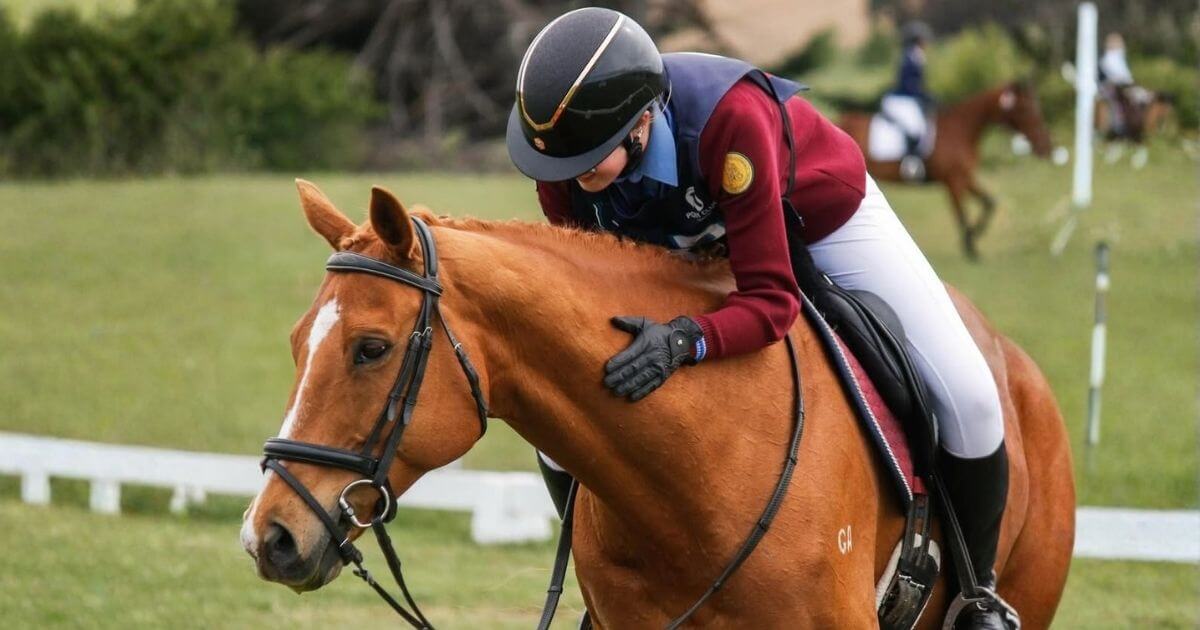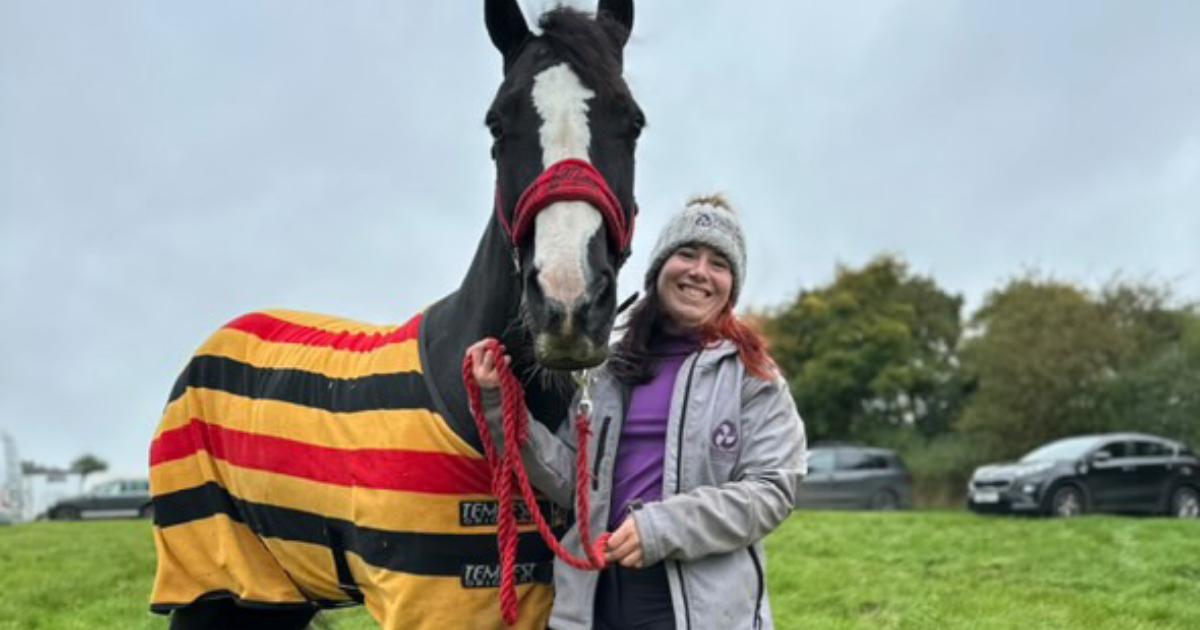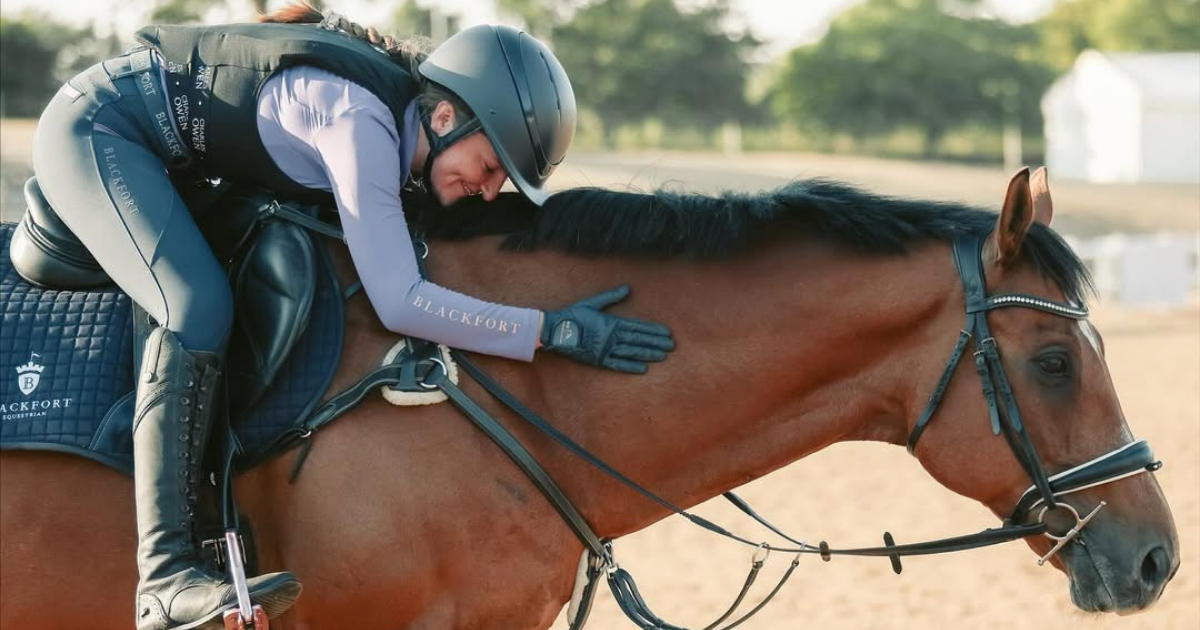3 Lunging Aids For Horses & Best Steps To Use Them Correctly
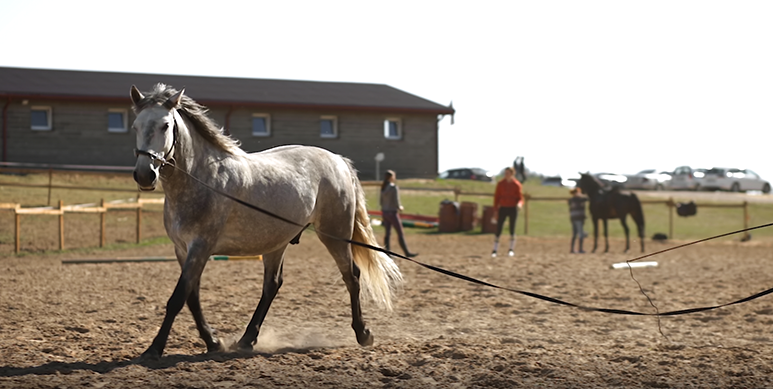
3 Lunging Aids For Horses & Best Steps To Use Them Correctly
Horse lunging is an excellent way to interact with your horse while also having a great time. It is one of the activities that will assist you in establishing your duty while also conditioning your horse.
Lunging is an important training tool for horses and horse owners alike. Horse lunging is a type of training in which the horse moves in a large circle. A horse is led by a trainer who uses a long rope, a whip, and vocal commands. Lunging is an excellent method for calming high-strung horses and getting control.
It provides a way to work your horse on the ground, as well as teaching respect, obedience and balance. Lunging can help improve both the physical and mental fitness of the horse, while also being enjoyable for both rider and horse.
Having to learn to lunge a horse is a simple process. However, a number of beginner errors might render lunging ineffective. Lunging, above all, is a test of perseverance and making the fullest use of modest riding aids.
There are many different lunging aids available that can help you achieve your goals with your horse in a safe manner. Here we will discuss three of the most commonly used lunging aids: the whip, cavesson and lunge line, as well as tips for using them correctly.
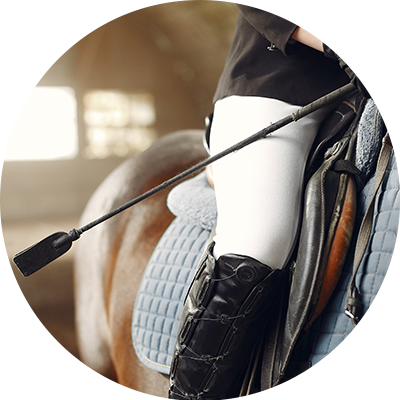
1. Whip:
The whip is often used as a lunging aid, but it is important to remember that the purpose of the whip is not to hurt the horse, but rather to provide clear communication and direction.
When lunging with a whip, keep it low and close to your body so you don’t inadvertently hit your horse while lunging. It should be held in one hand while controlling the lunge line with the other. Make sure to use the correct whipping technique of short pops or taps on each side of the horse's hindquarters when changing directions. Also, remember to o1
nly tap lightly because loud popping noises are scary for some horses.
2. Cavesson:
The cavesson is an incredibly useful lunging aid for horses that need a bit more assistance with focusing and understanding commands. The cavesson is a type of halter which has rings around the horse's nose to attach lunge lines or side reins, as well as other accessories like blinkers or bits.
When lunging with a cavesson, make sure to use the side reins and adjust them according to your horse's ability. It should be placed slightly higher on the horse’s forehead than a regular halter and tightened so that it does not slide up into their eyes when lunging.
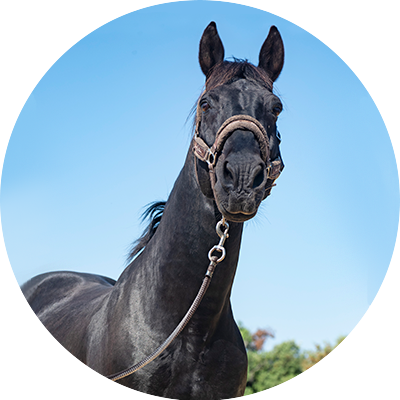
3. Lunge Line:
The lunge line is probably the most common of lunging aids used by horse owners. The lunge line is a long, usually cotton or nylon rope that is attached to the horse’s halter or bridle and used as an extension of your hand in order to provide more control while lunging.
When attaching the lunge line, make sure there are no knots or twists in it so that you can use it smoothly without any issues. It should be held loosely in both hands so it can move freely with the horse’s head and neck movements.
Benefits of Lunging a Horse
Lunging can help calm aggressive horses
"To take off pressure" is a common reason for lunging horses. If a horse has been isolated for an extended period of time or has not been moved in a few days, it is quite likely to feel frightened when you attempt to ride it.
Riding stressed horses is risky due to their irrational behaviour, placing you at risk of accident and can lead the horse to reject your directions, therefore lunging the horse in a controlled way before riding assists them to settle down and maintain their concentration.
Lunging is a form of training
Lunging can be used to teach the horse any basic commands which it is likely to use during riding. Allowing you to develop your horse's physical and mental fitness by teaching it how to respond properly when asked for a particular gait or direction. It also enables you to practise transitions between gaits and movements, so that the horse learns how to do them smoothly – an important part of saddle training.
Riders can also control negative tendencies such as kicking or rearing. You can train your horse to settle and listen to your aid while trotting or cantering. In fact, you can train a lunging horse to perform practically anything you'd anticipate it to do while riding, such as jumping through hurdles or reverse directions.
Lunging can help you communicate better with your horse
Lunging is also a great way to develop partnership and trust between you and your horse. When lunging, the rider should focus on finding a balanced movement for the horse. This will allow for clear communication between the two of you so that both can understand each other’s signals better.
Riders can also use lunging as a way to develop their skills in riding and horsemanship. When lunging, the rider should focus on maintaining an even rhythm and cadence while gradually asking for more from the horse. This will help the rider learn how to stay focused and balanced when communicating with the horse.
Lunging can help horses get used to riding equipment
Lunging can be used to help horses get used to riding equipment such as saddles and bridles. Horses that have never been ridden before may find it difficult to accept these things at first, so lunging is a great way for them to get comfortable with the equipment before you start riding.
Riding equipment is vital to any horse’s health and safety, so getting a horse used to it is very important. It also helps them learn the basics of riding so that they can be ridden safely without fear or resistance.
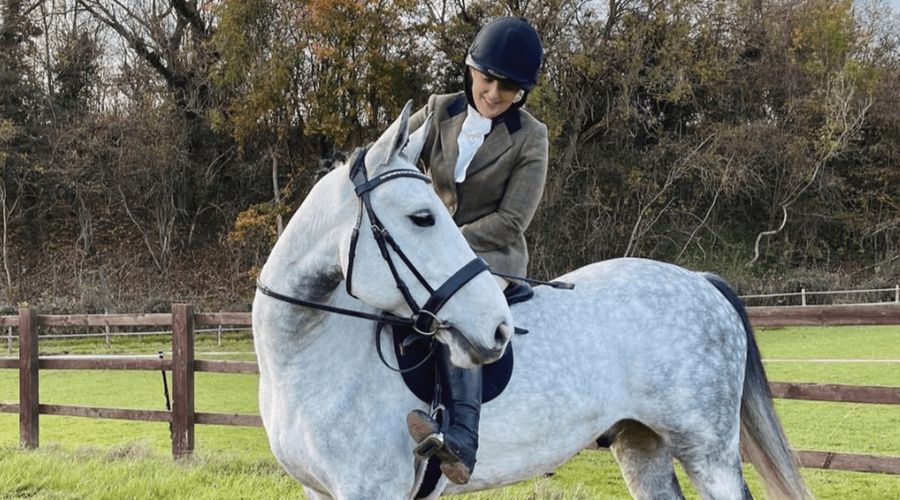
Mistakes when Lunging a Horse
Lunging is an important part of any horse’s training and can be used as both a form of exercise and as a way to teach the horse basic commands. However, if not done correctly it can also have some serious consequences.
Here are four common mistakes when lunging a horse:
1. Not paying attention to the horse's body language
Paying close attention to your horse's body language is key when lunging. It’s important to be aware of how they are feeling and ensure that they are comfortable and relaxed.
2. Not using the correct equipment
Using the correct lunging equipment can help you maintain control over the horse while keeping them safe from harm. Make sure that all of your equipment is in good condition before use and fits correctly on your horse.
3. Lunging for too long or too often
Overworking a horse can cause serious injury, so make sure that you don't lunge for more than 30 minutes at a time and no more than 3-4 times a week.
4. Not keeping your horse focused
Distractions can make it much harder to keep your horse focused while lunging, so it is important to eliminate any potential sources of distraction beforehand.
Using the correct aids when lunging is essential for successful communication between you and your horse. Make sure that you are familiar with the different aids and use them correctly to get the best results from your horse.
Following these steps will help ensure that lunging your horse is safe, effective and enjoyable for both you and your horse. Remember, lungs should always be done in a controlled environment with plenty of breaks between sessions to prevent injury or exhaustion.
Lunging is an important part of any horse’s training. Lunging can be a great way to strengthen your horse’s muscles, improve their balance and overall condition, and develop the bond between you. It can be used to help a horse learn basic commands, get accustomed to riding equipment and develop trust with the rider.
However, it is important to remember that lunging should be done correctly in order to avoid injury or unwanted behaviours from your horse. If you follow these best steps for lunging a horse, you will ensure both you and your horse have safe and successful rides. So take your time, stay focused, and have fun!






